After months of planning and building, two of our newly-completed houses were finally scheduled for Temporary Occupancy Permit (TOP) inspections on April 8 and 9 this year. This inspection is a critical milestone that allows owners to move into their new homes. In preparation for it, the hoarding was removed, the swimming pool filled and dust washed off. Gradually, the construction sites started to look like homes.
Then on April 7, the circuit breaker kicked in and the scheduled inspections were cancelled. The sites were closed off and no one could enter. The finishing line of our marathon, to which we were madly rushing, vanished.
Then on April 7, the circuit breaker kicked in… The finishing line of our marathon, to which we were madly rushing, vanished.
Quck zhong yi
Like our clients and contractors, we experienced a bundle of emotions: disappointment, incredulity, and a smidgeon of anger. However, the unprecedented gravity of the pandemic quickly put things into perspective. We looked on the bright side and started to prepare all we could for the resumption of works.
Our practice was quite ready for the circuit breaker because we were already using laptops with a cloud server and had integrated flexible work-from-home arrangements into our operations.
It is fortunate that, as design consultants, we could still work on the design and tender phases of our projects while at home. In a way, the suspension of site works was a chance for everyone to slow down and catch up on paperwork and planning.
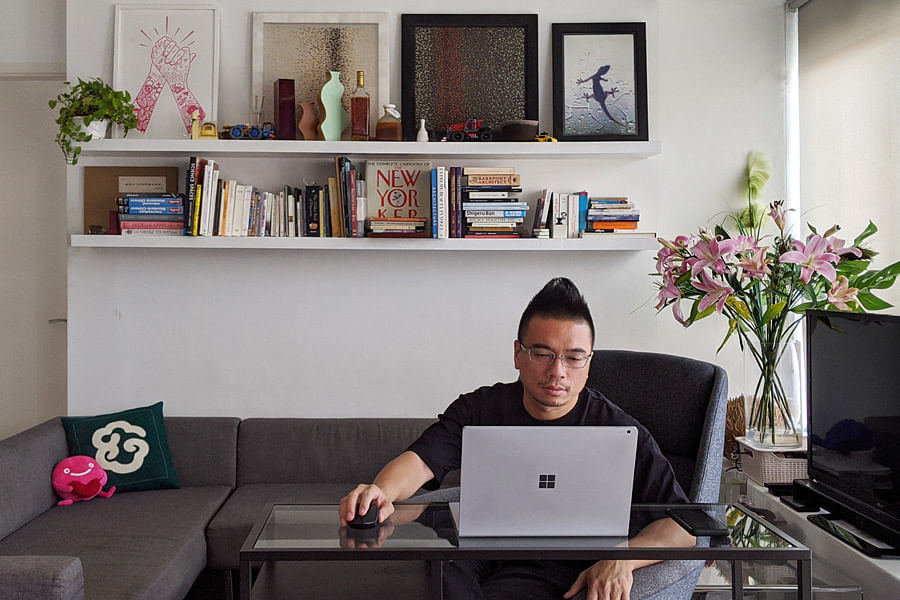
During the circuit breaker, we learned about the dire living conditions of migrant workers. Suddenly, the lives of our builders’ employees, many whose names we did not even know and to whom we have never spoken, were thrown into the public light.
And they are the ones who literally build our projects and homes, and make our visions come true! The contrast between their lockdown conditions and ours could not have been starker.
Shaken by the situation, we gathered friends, clients and colleagues to raise donations of masks, cleaning products and sanitisers. Later, we also supported the many NGOs doing the under-appreciated groundwork.
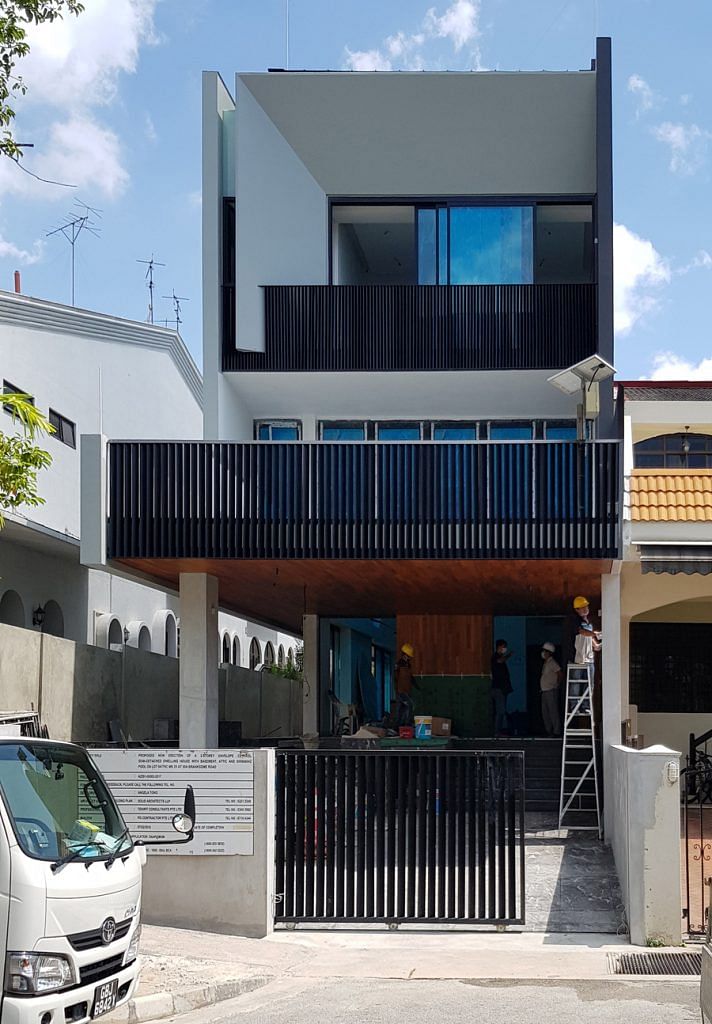
When the circuit breaker eased in May, the clients of the two nearly-completed projects were looking forward to the resumption of works, but because of the unresolved situation in the dormitories, the entire construction industry came under a different and often confusing set of guidelines.
In early June, the BCA (Building Construction Authority) allowed owners and contractors to submit a request for a permit to resume work, with priority given to large infrastructural projects. Later, renovation projects that did not need a BCA Permit were allowed to resume work.
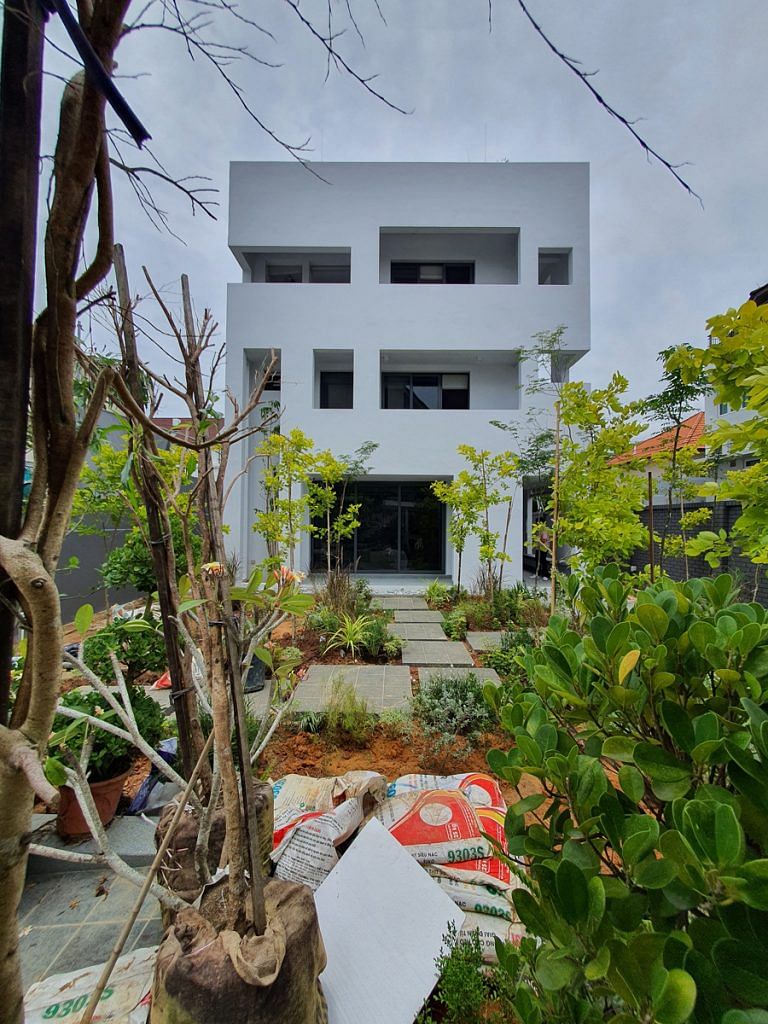
Our two projects did not fit into these categories, so the clients had to keep waiting. As they did so, they became increasingly anxious. The news they received about construction and renovation resuming contradicted the reality of their stalled projects.
Cities previously successful in containing the outbreak reported second and third waves. And the numbers emerging from the dormitories were still troubling. Our clients dreaded being locked out of their almost-completed homes again. The builders were suffering, too.
This shared anxiety and uncertainty created by the pandemic – admittedly affecting everyone unevenly and asymmetrically – brought about a renewed sense of understanding.
Quck Zhong Yi
Construction projects are paid by monthly progress claims based on completed work. Since the circuit breaker came into effect, they hadn’t had any income yet still had to pay their workers and fixed overheads. The new Covid-19 regulations imposed on worksites would cost time and money.
The workers we were in touch with agonised over reduced income, uncertain job prospects, and the fear of catching Covid-19. Their mental health was especially fragile given the dense and intense lockdown conditions.
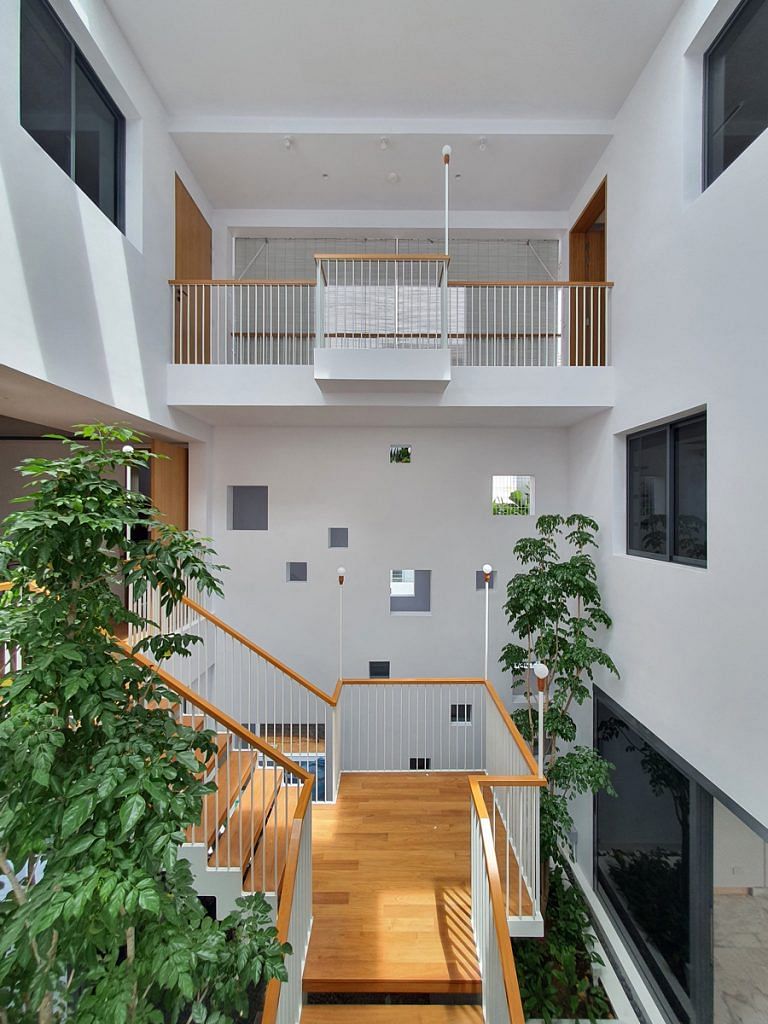
Eventually, all our projects obtained approval to resume works, albeit with some delays and challenges. A few subcontractors had quarantined workers, a shortage of materials or prioritised equipment for bigger projects.
Still, when we finally met on site, there was a palpable sense of relief and gratitude to see everyone active and healthy. Both projects are completed now and the clients moved in at the end of October.
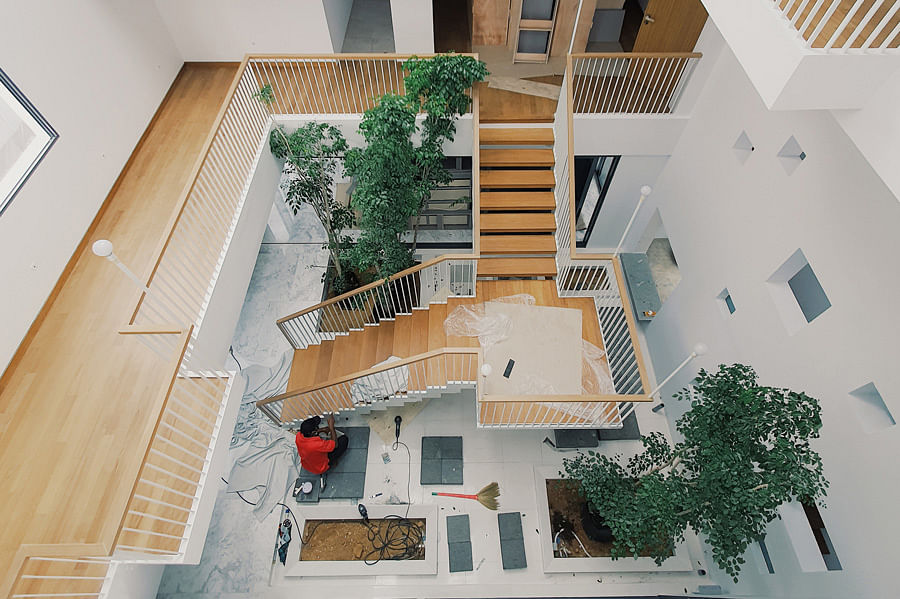
During long projects, people are often reduced to their contractual title – employer, architect, contractor, worker. Interpersonal interactions sometimes turned defensive, even adversarial.
This shared anxiety and uncertainty created by the pandemic – admittedly affecting everyone unevenly and asymmetrically – brought about a renewed sense of understanding.
There was visibly more empathy expressed by everyone, which will be much needed to bring each other out of this long-drawn crisis.





